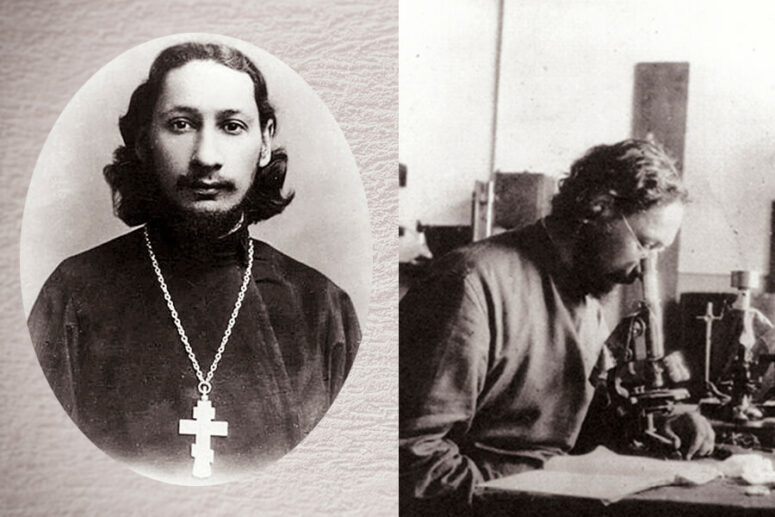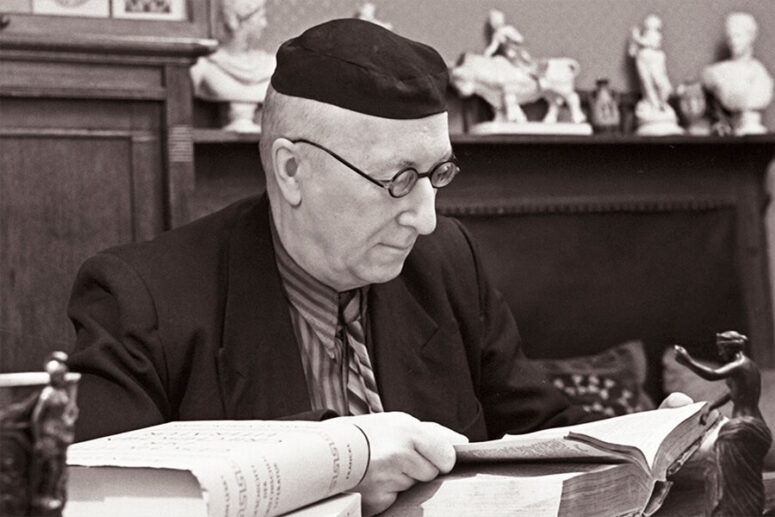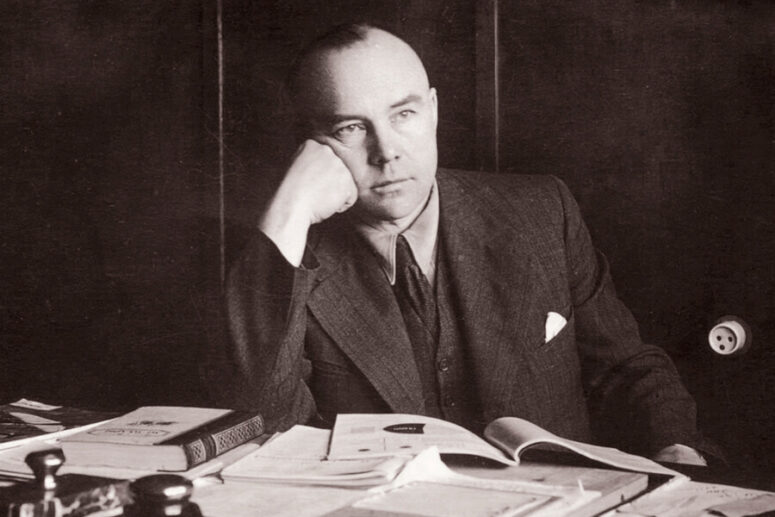
Few will dispute the significance of the Church’s contribution to European civilisation. After the fall of the ancient world, monks and priests took on the role of teachers and managers and became leaders in invention, innovation and civil engineering. As cultures were in decline after the fall of the Roman Empire, they kept them from sliding into oblivion and the end of history.
For multiple reasons, the achievements of Western Christians in science and technology may have received more publicity, but that does not mean that Eastern Christians have been any less spectacular in their performance. With this piece, we try to correct this imbalance by looking at the achievements of Orthodox clergy in the advancement of science, technology and culture.
Ancient times
The fork
The fork was not unknown to the Roman households, but it was a shared utensil used to hold a large chunk of meat while it was being cut. The use of the fork as an individual utensil was first practised by Byzantine monks. Europe adopted the use of the fork from Byzantine.
Tidal mills
The first mills that used the energy of the tide were found in Ireland, at the sites of ancient monasteries. The earliest findings date back to the seventh century.

Higher education
The Orthodox bishop Leo the Mathematician can be credited with the founding of the world’s first university. He established the Pandidakterion of Magnaura in the early ninth century. Its students studied liberal arts (rhetoric, grammar, astronomy, arithmetic, dialectics, geometry and music) and multiple additional subjects, such as geography, medicine, history or foreign languages. It was a secular university, training future civil servants, diplomats and military commanders. Some of its famous students were prominent religious leaders, including Patriarch Photius, John Grammaticus, Constantine the Philosopher (better known as Saint Cyril, Enlightener of the Slavs). Leo the Mathematician is also renowned for his multiple mechanical inventions that adorned the lobby of the imperial palace and impressed the envoys of foreign countries,
The Brothers Likhuds, two Orthodox monks, were also instrumental in the establishment of the Slavic, Greek and Latin Academy, the first institution of higher learning in Russia. They wrote the Academy’s first syllabi and textbooks. Among the academy’s first seven students was Fedor Polikarpov, author of one of the most authoritative dictionaries of his age, the Three-Language Lexicon.

Almsgiving and charitable work
Social work was also the domain of the Church. One of the first and largest centres for charitable work was established by Saint Basil the Great and received the name “Basilida” in his honour. It comprised a school, an infirmary, several dormitories and refectories for the poor and homeless. – Incidentally, social work in Byzantine remained a prerogative of the Church for a long time. The state did not assume these duties until centuries later.

Alphabet books and textbooks
Many Orthodox missionaries are remembered for their work to bring literacy to people. In the fifth century, Bishop Mesrop Mashtots, Enlightener of Armenia, created an alphabet for the Georgians and Armenians. The familiar Cyrillic script was the invention of Sts. Cyril and Methodius, enlighteners of the Slavs. Bishop Stephan of Perm, Apostle of the Permians, created a Permian alphabet.
The publisher of Russia’s first book, the Apostle, was Ivan Fedorov, a deacon of the Russian Orthodox Church. He also engaged in arms production and went on record as the inventor of a multiple barrel mortar.

Settlement of Solovki Islands
The settlement of this island archipelago began in the 16th century. The monks built mortar roads, connected its fifty islands with a network of channels and put up a multitude of water mills. They created an aqueduct and constructed mortar quays. The crosses along the shores served as lighthouses. The monks also built boats and went on fishing expeditions in the White Sea. They built a mortar dam in the gulf and used the space within to run a fish farm. The greenhouses were heated with the hot water from the waх bleaching facility, making it possible to grow fruit and vegetables – even watermelons – 160 kilometres North of the Polar Circle. At the beginning of the 20th century, the monks completed the world’s northernmost heat power plant. Interestingly, none of these feats of technology disrupted the equilibrium in the fragile ecosystem of the islands.
19th and 20th centuries
During the Crimean War, the Crimean Hegumen Parphenius of Kizil-Atash designed a process for raising sunk boats with the aid of external buoyancy tanks.

Metropolitan Seraphim (Chichagov) created a herbal therapy system which he described in his fundamental work “Medical conversations”.

Archbishop Luke (Vojno-Yasenetsky) is renowned for his groundbreaking achievements in regional anaesthesia. He conducted hundreds of complex surgeries and received Stalin’s prize for his book “Essays in Purulent Surgery”, which he wrote as an active Orthodox bishop.

Priest Pavel Florensky, known for his versatile talents as a theologian, philosopher, fiction writer, physicist and mathematician, participated in the 1920s in the design and execution of the Soviet Plan for National Economic Recovery and Development. A victim of political repression, he was sent to the Solovki prison camp, where he invented a process for the extraction of iodine and agar-agar from seawater.

Alexey Losev, a renowned scholar of ancient history and the Enlightenment, secretly took monastic tonsure together with his wife. He wrote numerous scholarly works on ancient aesthetics and authored translations of the works of Aristotle, Plotin, Nicholas Cusai and Sextus Empiricus.

Hegumeness Seraphima (Chernaya), in the world, Varvara Chernaya, was a prominent Soviet chemist and engineer She designed space suits and established a new industry based on latex technology. She was tonsured in 1994 and became the first Hegumeness of the Nevodevichiy Monastery after it was returned to the Church.

This review would be incomplete without paying tribute to Nicholas Polikarpov, a leading Russian and Soviet aircraft designer. He came from a family of priests. A firm believer in God, he was arrested in 1929 and given a death sentence. Yet the need for his work was so great that his sentence was commuted. He designed nearly all of the Soviet fighter planes in the 1930s. There was not a pilot in the whole country who had not flown his U-2 plane (renamed as PO-2 after his death). Designed as a training plane, PO-2 was used to carry passengers and the wounded and even served as a night bomber. He was awarded government prizes for several of his designs. He died as he was working on the design of the first Soviet model of a jet plane.
Translated by The Catalogue of Good Deeds
Source: https://obitel-minsk.ru/lutschije/2022/03/pravoslavnye-izobretateli-i-uchenye




